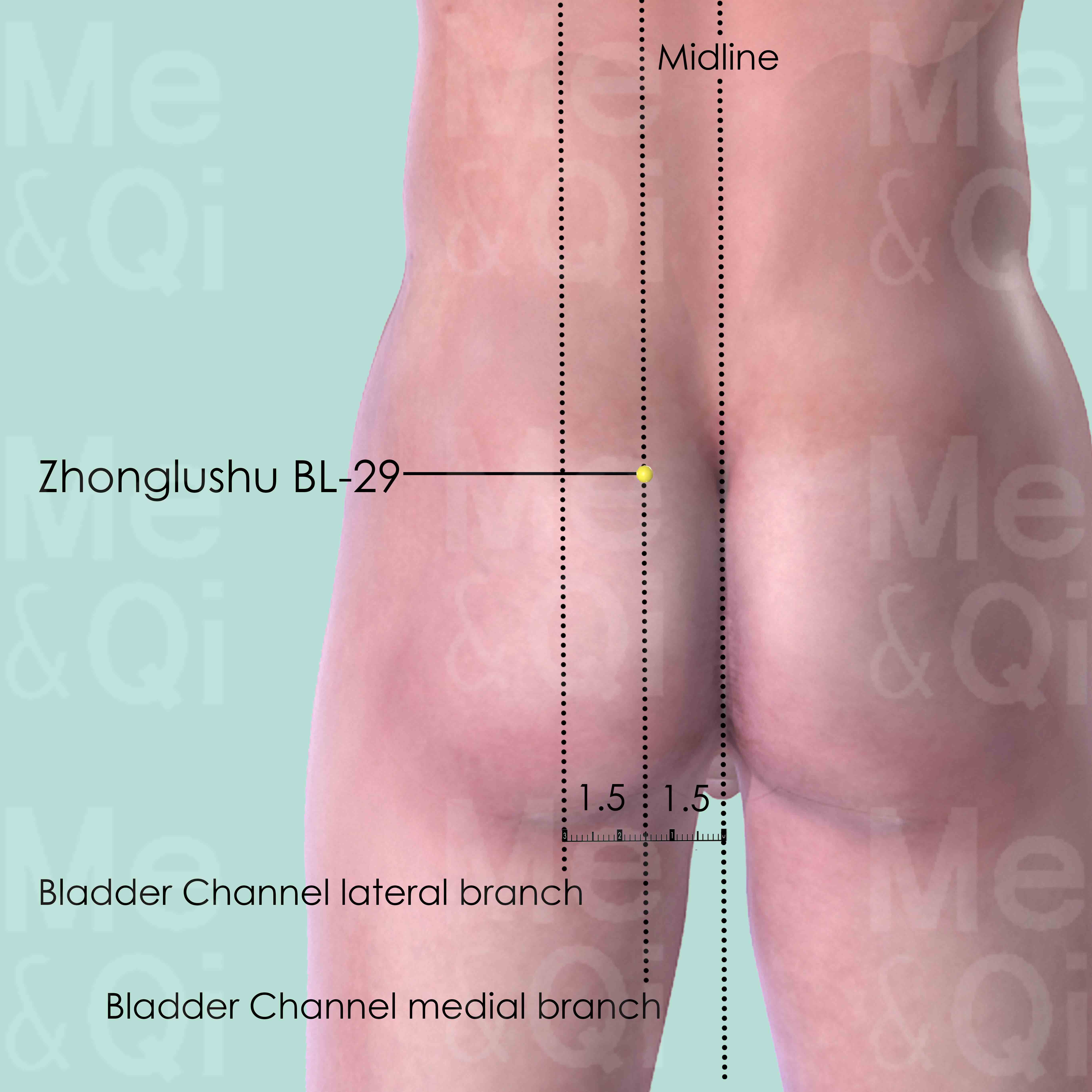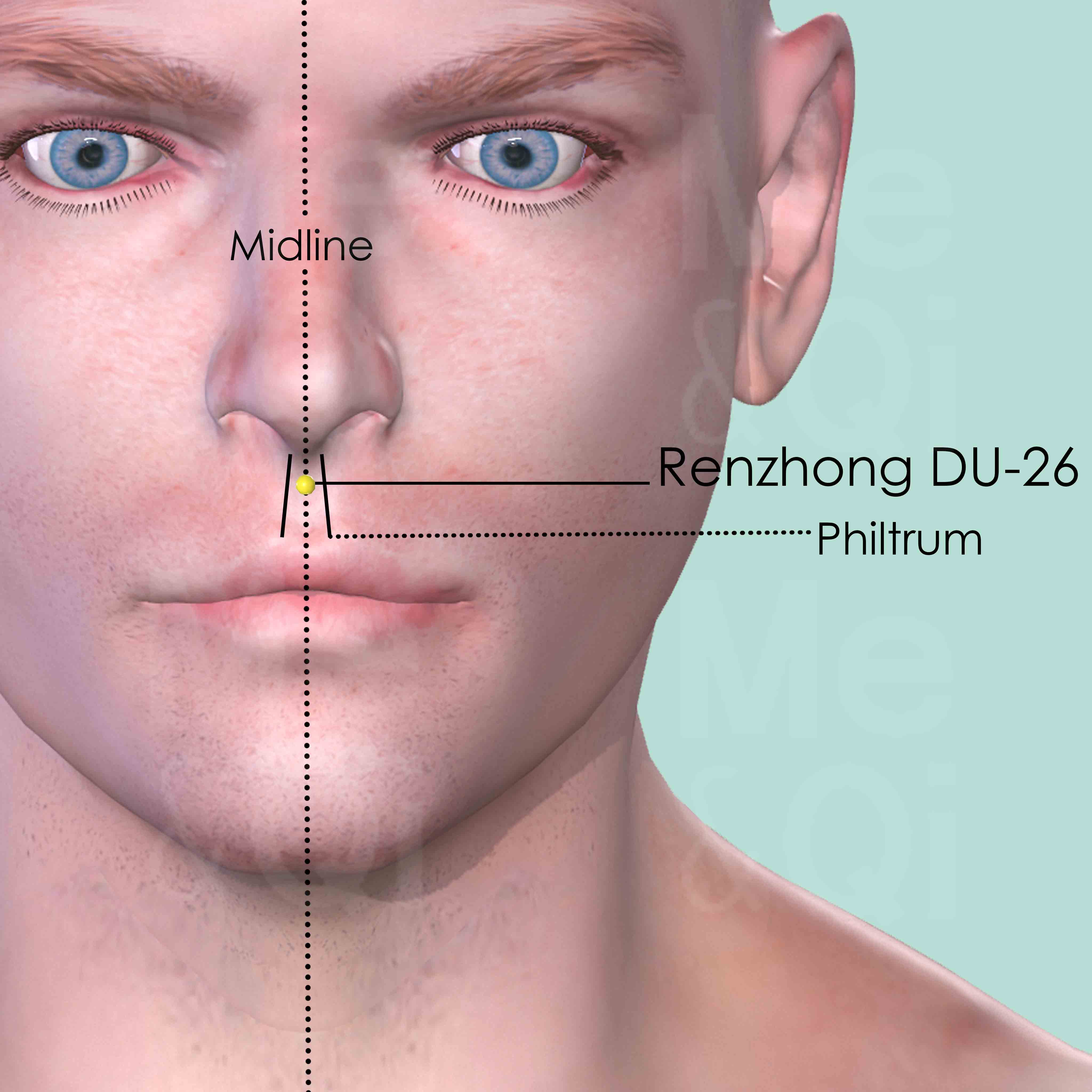Lumbar Stiffnessaccording to TCM
Symptom families: Lumbar Concerns, Back and Neck Stiffness and Discomfort
Parent symptom: Waist Stiffness
Did you mean? Lumbar Pain Lower Back Stiffness
What is Lumbar Stiffness?
Lumbar stiffness, often referred to as lumbar rigidity, lumbar spine stiffness, rigid lumbar region, or stiff lower spine, is a common condition affecting the lower back. It is characterized by a reduced ability to flex or move the lower spine, often resulting in discomfort or pain.
This condition can arise due to various factors, including muscular tension, spinal misalignment, overuse injuries, or underlying health conditions.
How does TCM view Lumbar Stiffness?
Traditional Chinese Medicine (TCM) approaches lumbar stiffness as a symptom influenced by disharmonies within the body's energy system. TCM posits that lumbar stiffness can be the result of imbalances or blockages in the flow of Qi and Blood, influenced by external factors like Cold, Dampness, or internal factors such as emotional stress or organ dysfunction.
In TCM, it is crucial to identify the underlying patterns causing the stiffness to effectively restore balance and alleviate symptoms.
Root Causes of Lumbar Stiffness in TCM
In TCM, lumbar stiffness is often attributed to patterns such as Qi and Blood Stagnation, where the flow of vital energy and circulation is impeded, leading to tightness and discomfort in the lumbar region.
Another common cause is the invasion of external pathogenic factors like Cold and Dampness, which can penetrate the lower back, particularly in individuals with weakened immunity or chronic conditions. These pathogenic factors tend to congeal and obstruct the smooth flow of Qi and Blood, resulting in stiffness and pain.
Explore below more details about what might cause Lumbar stiffness according to TCM.
TCM Herbal Formulas for Lumbar Stiffness
To address lumbar stiffness, TCM practitioners may recommend formulas like Wu Tou Tang, which is particularly effective in cases where Cold and Dampness obstruct the meridians.
This formula, containing key herbs like Prepared Sichuan aconite, helps to warm the meridians and disperse Cold, alleviating stiffness and pain. Additionally, herbs and formulas that invigorate Qi and Blood circulation, reduce inflammation, and strengthen the body's defenses are commonly used. The choice of herbs and formulas is tailored to the individual's unique pattern of disharmony and underlying health conditions.
Explore below some TCM herbal formulas used to address lumbar stiffness, organized by cause and by formula type.
- By Formula Type
- Formulas that warm the meridians and disperse cold
- Formulas that dispel wind-Damp
- Formulas that dredge and disperse external wind
Formulas that warm the Meridians and disperse Cold
These formulas are suitable for some lumbar stiffness-causing patterns like Painful Obstruction.
One such formula is Wu Tou Tang, with prepared sichuan aconite as a key herb.
Formulas that dispel Wind-Damp
These formulas are suitable for some lumbar stiffness-causing patterns like Painful Obstruction.
One such formula is Da Fang Feng Tang, with saposhnikovia root as a key herb.
Formulas that dredge and disperse External Wind
These formulas are suitable for some lumbar stiffness-causing patterns like Painful Obstruction.
One such formula is Xiao Huo Luo Dan, with prepared kusnezoffii aconite as a key herb.
Acupoints for Lumbar Stiffness
In TCM, specific acupoints are used to alleviate lumbar stiffness. Renzhong DU-26, located below the nose, is known for its ability to restore consciousness and benefit the lumbar spine. It helps in expelling Wind and regulating the water passage of the Upper Burner.
Another significant point is Zhonglushu BL-29, located in the lumbar region, which is effective in expelling Coldness and benefiting the lumbar area. Acupuncture at these points aims to unblock the flow of Qi, improve blood circulation, and relieve stiffness in the lumbar region.
Explore below some acupoints used to address lumbar stiffness, organized by meridian.
- By Meridian
- Governing Vessel
- Bladder Channel

Zhonglushu BL-29
At the level of the 3rd posterior sacral foramen, 1.5 cun lateral to the posterior midline.

